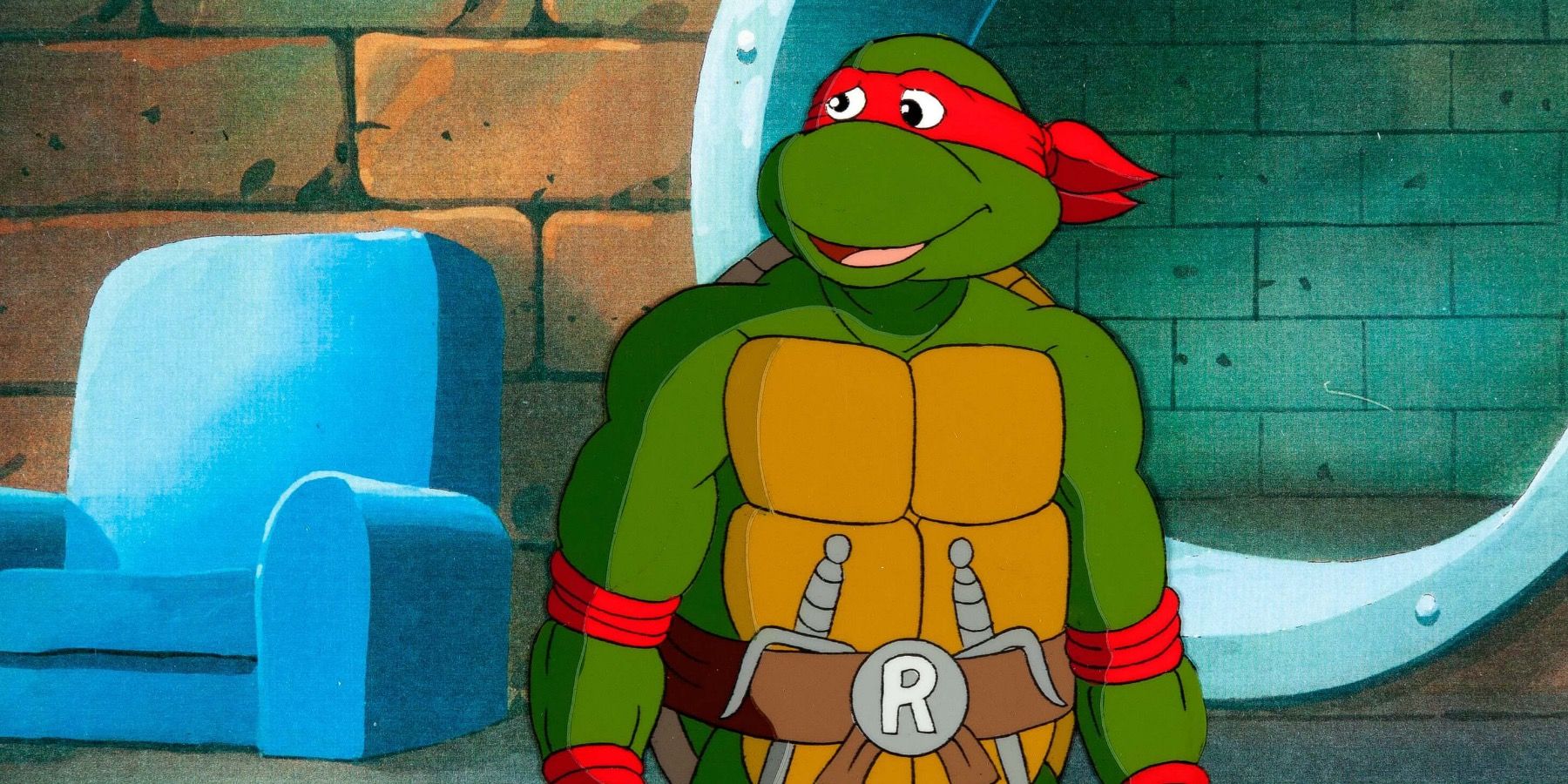
The initial appearance of the character can be traced back to Mirage Studios comic books, but it was the 1980s cartoon that truly catapulted its recognition. Accompanied by a memorable theme song, a storyline tailored for children, and an array of vibrant characters, this animated series sparked a flood of imitations eager to capitalize on the turtles’ success. Regrettably, by the time the cartoon concluded, it had lost some of its initial popularity, partly due to a contentious shift in the later seasons.
In the “Red Sky” episodes of the Teenage Mutant Ninja Turtles cartoon, changes were made beyond just cosmetic updates. The tone of the previously light-hearted and comedic show began to take on a slightly darker edge. This shift was likely aimed at staying current with other 1990s cartoons, and interestingly, it mirrored the original grittier roots of the franchise. Despite ending the initial series on a somewhat somber note, this transition opened up the path for an even superior animated show in the years that followed.
What are the Red Sky TMNT Episodes?
The Show’s Final Seasons Looked and Felt Different
In reference to the last three seasons of the Teenage Mutant Ninja Turtles cartoon that debuted in 1987, these periods are often referred to as “the Red Sky” era of the original Ninja Turtles series. This nickname stems from the episodes’ new red-tinged sky background, giving them a gloomier and more ominous atmosphere. Unlike previous seasons, the storylines took on a darker, more serious tone, resembling a tense adaptation of the earliest episodes from season one. As early as Season 8, the level of danger escalated significantly compared to earlier seasons. The new antagonist Drakus compelled the turtles to save Krang to prevent Channel 6 news building from being demolished, a task that proved difficult and ultimately resulted in the building’s destruction when the turtles were unable to arrive on time. Tragically, the people inside were saved but the media turned against the turtles due to their role in the building’s demise.
In contrast to earlier seasons, the Teenage Mutant Ninja Turtles engaged in intense conflicts, serious disagreements, and ultimately fell short in their final seasons. Instead of their usual camaraderie and humor, they displayed an unprecedented level of determination, intensifying their pursuit of their adversaries. This shift towards action was noticeable, as previous fight scenes were often exaggerated for comedic effect, even when it came to the deployment of their weapons.
The main villains of the show also underwent a transformation, with the comical antics of Shredder, Krang, Bebop, and Rocksteady being replaced by a more menacing presence. The Shredder, in particular, gained power through manipulating the media to foster hatred towards the Turtles while projecting himself as a savior figure.
During this time, the turtles were also assisted by a new ally named Carter, who had contracted a mutagenic illness after coming into contact with the ooze. The TMNT themselves experienced secondary mutations that caused them to lose control and transform into monstrous mutants, exacerbating their battles against Dregg.
As a devoted fan of animated series, I can’t help but reflect on how the latter seasons of Teenage Mutant Ninja Turtles underwent significant transformations in an effort to match up with the rising tide of contemporary cartoons that boasted a grittier appeal. Shows like X-Men: The Animated Series were part of this wave, offering a stark contrast to the lighter tone of yesteryear’s Super Friends. These new series delved into darker comic book elements and storytelling, captivating young viewers as the turtles started to feel a bit stale.
With the original series having run its course, it was crucial to revitalize the brand to stay relevant in the eyes of the audience. Essentially, the show aimed to evolve alongside its viewers. However, the Red Sky seasons, despite being an attempt to keep viewers hooked, are often overlooked, even by diehard fans. This suggests that the tactic to maintain interest didn’t quite hit the mark, especially considering it left a bitter taste for some fans.
Why Some Ninja Turtles Fans Dislike the 1987 Cartoon’s Last Seasons
The Red Sky Episodes Made Controversial Changes
The Animated Series. Besides the tonal shifts, other modifications made to the cartoon caused even bigger debates.
In summary, Krang and Shredder were absent during the final seasons of Teenage Mutant Ninja Turtles, and their absence was filled with new villains that some fans found to be more comical than the original antagonists. Lord Dregg was well-liked, but many viewers missed The Shredder dearly. Other characters like Irma also departed from the show, which might have been too much change at once for the audience. The introduction of Carter and the turtles’ secondary monstrous mutations were not warmly welcomed, and the sudden changes in the turtles seemed like attempts to revamp the series formula without much thought. In retrospect, these seasons were forgettable, yet they set the stage for the next major version of the show.
The Red Sky TMNT Seasons Took the Turtles Forward and Full-Circle
The End of the 1987 Cartoon Was Closer to the Comics and the 2003 Cartoon
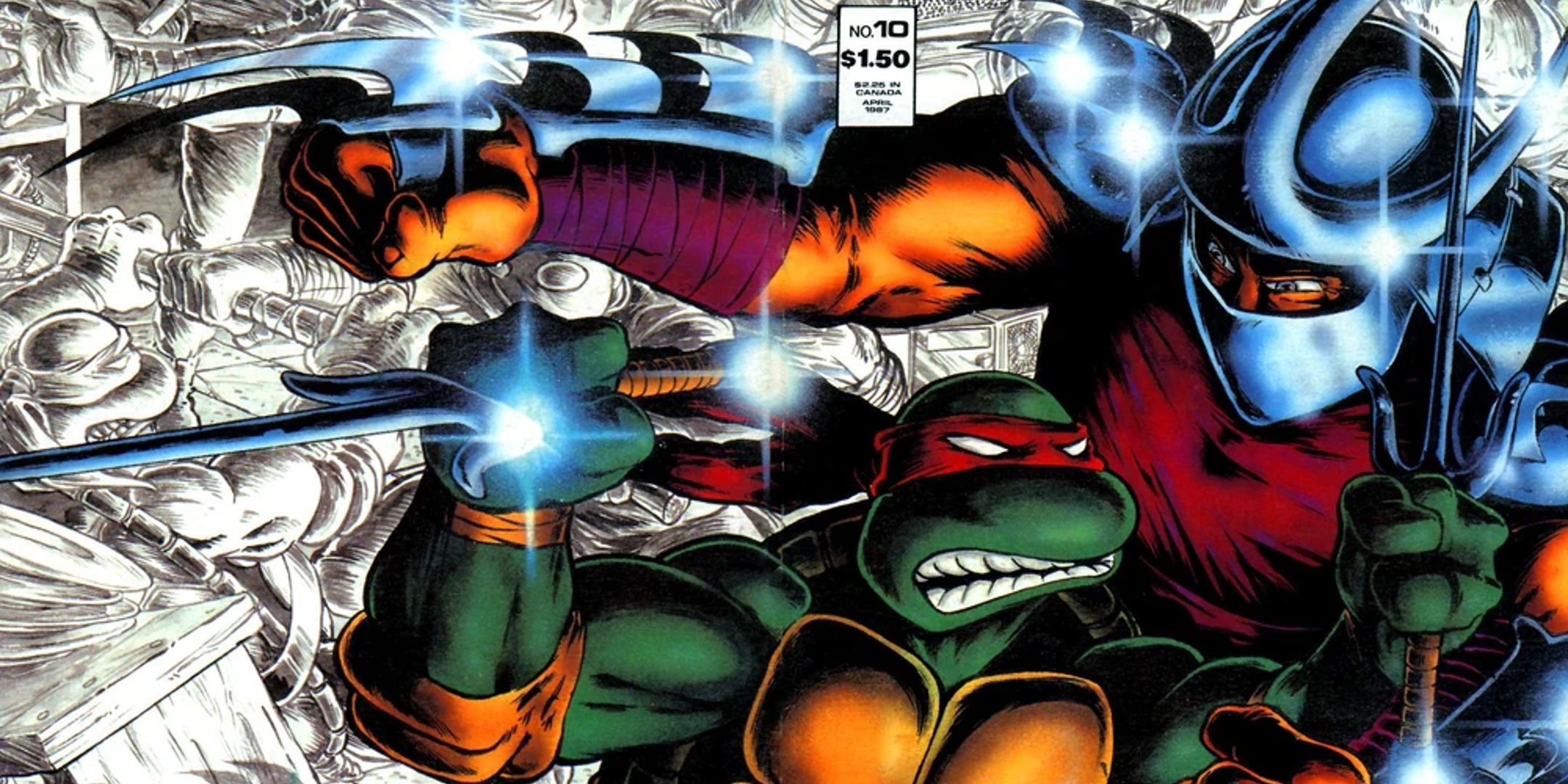
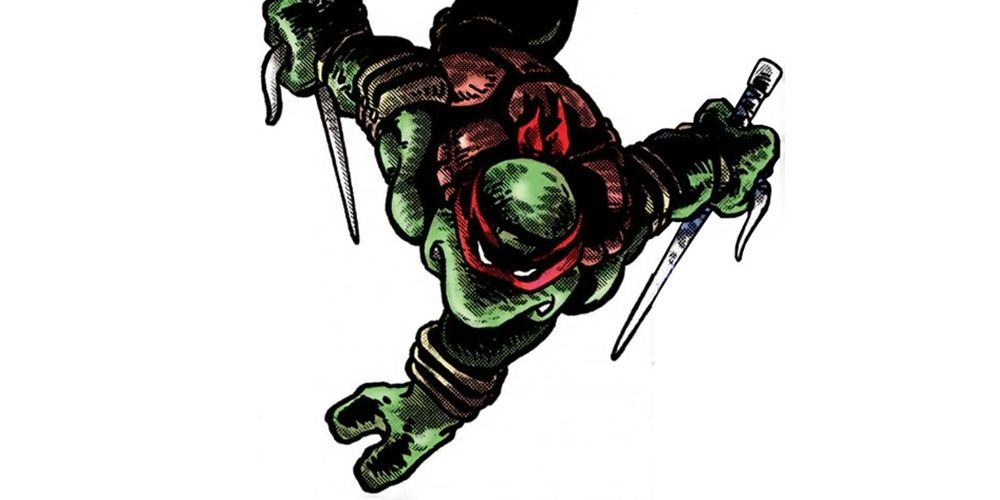
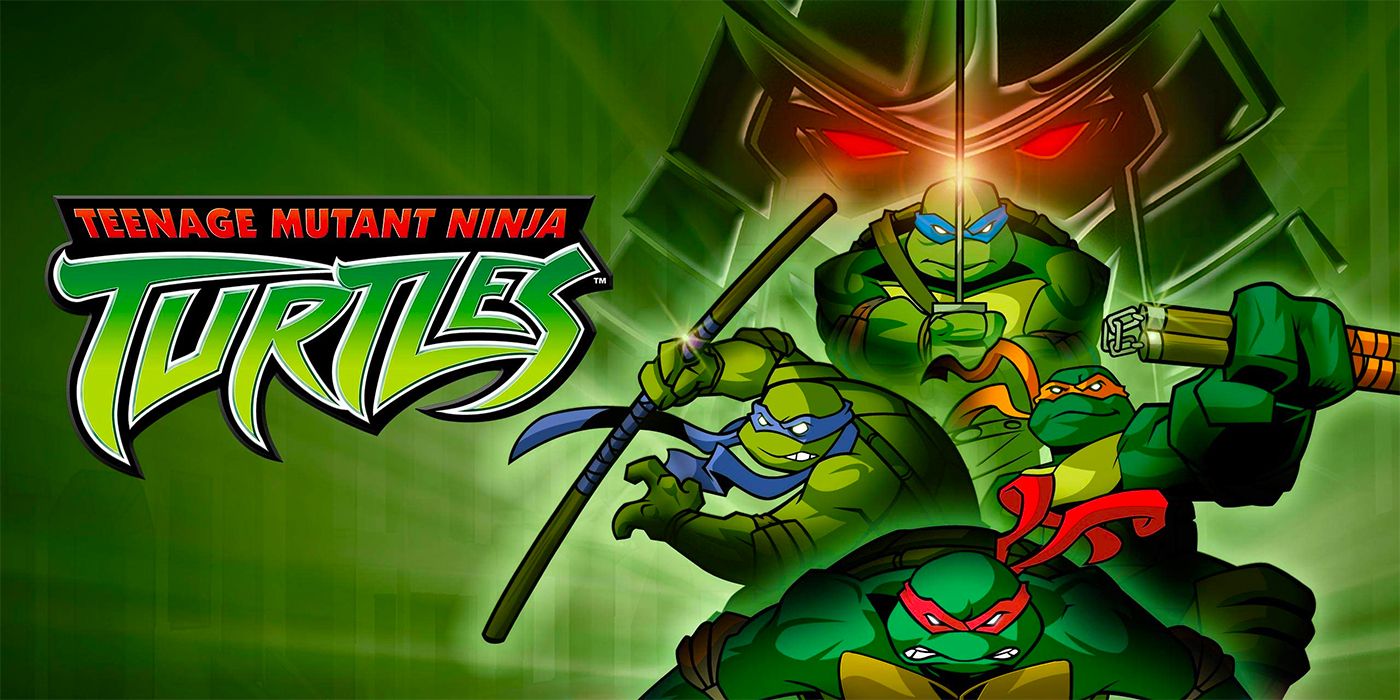
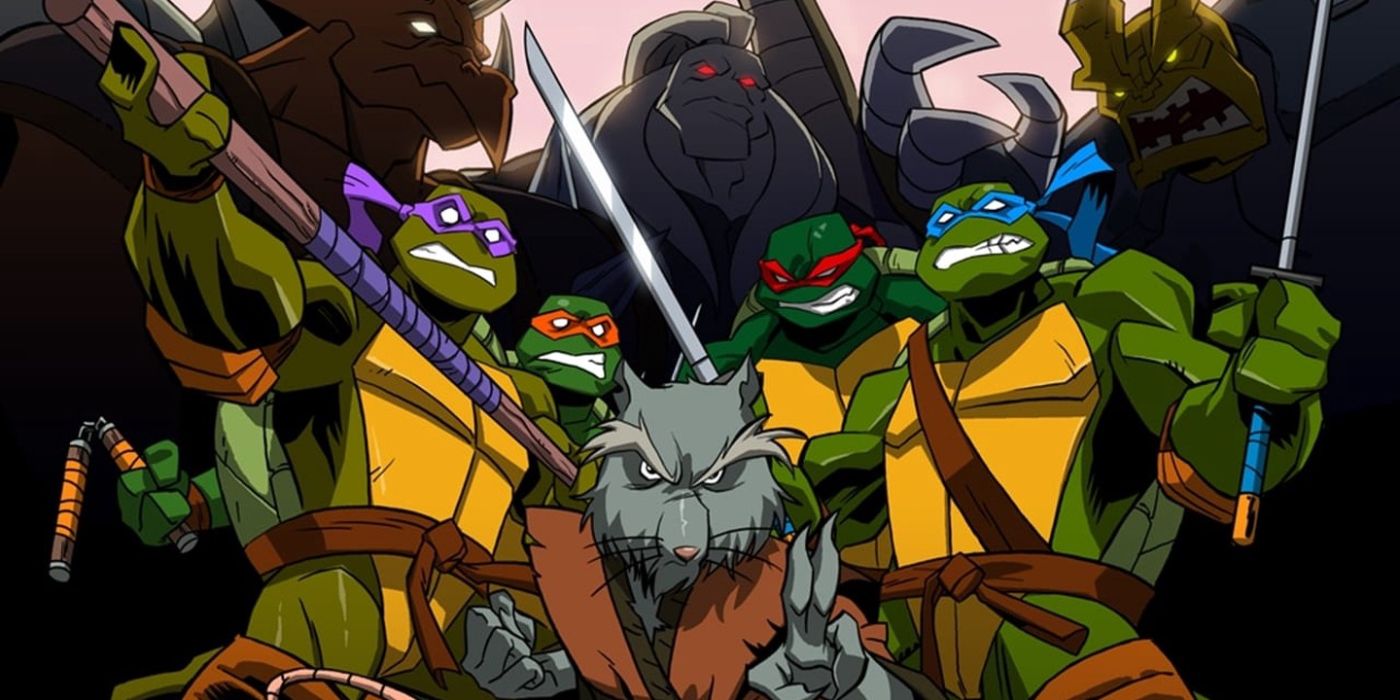
The later seasons of Teenage Mutant Ninja Turtles (1987) weren’t widely appreciated, but they did manage to bring the series closer to the original Mirage Studios comic books in terms of darker tone. This was similar to how Batman: The Animated Series aligned with the moody Bronze Age Batman comics and 80’s classics like The Dark Knight Returns. Notably, the Turtles’ universe later mirrored The Dark Knight Returns with its own publication. When the cartoon debuted and began to focus on original, often campy concepts such as the Neutrinos, many critics felt it was a dilution of the comics, toning them down for censorship and toy sales. However, by the end of the series, it had returned to the gritty tone of the comic books that originated the franchise.
The 2003 Teenage Mutant Ninja Turtles animated series, produced years after the first cartoon, introduced elements from the Mirage Studios comics onto TV screens. The early seasons closely followed this source material, maintaining a somber, ominous atmosphere. Scenes with tension were reminiscent of film noir and comic book panels, faithfully reflecting the original comics in both style and substance. This made the series distinctly different from the 1987 cartoon, although it’s worth noting that even the latter had already deviated from this in the Red Sky seasons. In essence, the Red Sky episodes laid the groundwork for the more authentic 2003 show, and there were visual similarities between them as well.
Interestingly, the concluding episodes of the 2003 Ninja Turtles series titled “Back to the Sewers,” contrasted the gloomy tone of earlier cartoons by adopting a lighter mood. This change was followed by the 2012 Teenage Mutant Ninja Turtles series, which introduced a fresh timeline and reintroduced characters like Lord Dregg. The appearance of Lord Dregg could be seen as a significant nod to the Red Sky seasons, being one of the few references in recent years. Despite its more familiar feel, this final stretch of the 1987 show is often overlooked.
Read More
- Clash Royale Best Boss Bandit Champion decks
- Chuck Mangione, Grammy-winning jazz superstar and composer, dies at 84
- Clash Royale Furnace Evolution best decks guide
- Riot Games announces End of Year Charity Voting campaign
- Mobile Legends November 2025 Leaks: Upcoming new heroes, skins, events and more
- Clash Royale Witch Evolution best decks guide
- Deneme Bonusu Veren Siteler – En Gvenilir Bahis Siteleri 2025.4338
- Clash Royale Season 77 “When Hogs Fly” November 2025 Update and Balance Changes
- King Pro League (KPL) 2025 makes new Guinness World Record during the Grand Finals
- Clash Royale November 2025: Events, Challenges, Tournaments, and Rewards
2025-06-07 01:22